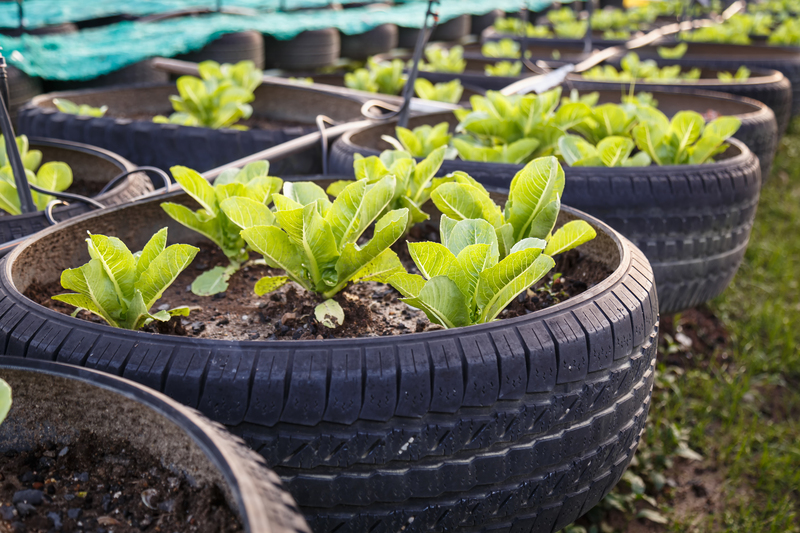In today's eco-conscious world, the efficient use of natural resources has become more critical than ever. One of the most abundant yet overlooked resources is wood waste. By maximizing the value of wood residues, businesses and individuals can contribute to environmental sustainability, boost economic gains, and foster innovation. This article delves into the multifaceted approaches to harnessing wood waste, offering insights into its transforming potential.
Understanding Wood Waste
Wood waste primarily consists of unwanted by-products from various wood processing activities, including sawdust, wood chips, off-cuts, and shavings. This material, often perceived as mere scrap, holds significant untapped potential. By exploring efficient management and recycling techniques, we can elevate wood waste from a burden into a sustainable asset.

The Economic Impact of Wood Waste Utilization
Transforming wood waste into valuable resources can yield substantial economic benefits. Industries can reduce disposal costs and stimulate revenue by selling repurposed material. According to market studies, companies that capitalize on their wood waste can see a notable increase in profit margins. Moreover, innovations in this sector invite investment opportunities, further enhancing economic growth.
Innovative Uses of Wood Waste
Several cutting-edge applications demonstrate how effectively wood residues can be repurposed. Below are some innovative uses that underscore the versatility of this resource:
- Bioenergy Production: Converting wood waste into bioenergy is a remarkable approach that offers dual benefits: renewable energy generation and reduced waste. Techniques such as gasification and anaerobic digestion create biofuels or wood pellets, aiding in the transition to green energy.
- Wood Plastic Composites (WPC): The fusion of wood fibers with thermoplastics results in products widely used for decking, fences, and furniture. These composites exploit the durability of plastic and the aesthetic of wood, portraying a high-value application of wood scrap.
- Paper and Pulp Industry: Utilizing wood waste as a key resource for producing paper and pulp products reduces the demand for virgin timber, directly lessening deforestation and associated environmental harm.
- Animal Bedding: Wood shavings and sawdust serve as highly absorbent materials for animal bedding, offering hygiene benefits alongside comfortable resting environments for livestock.
The Environmental Benefits of Repurposing Wood Waste
Beyond economic incentives, the ecological benefits of recycling wood waste are undeniable:
- Reduction in Greenhouse Gas Emissions: Decomposing wood waste in landfills releases methane, a potent greenhouse gas. Proper management mitigates these emissions, contributing to climate change mitigation efforts.
- Conservation of Natural Resources: Repurposing wood waste conserves forests by reducing the need for new raw materials, thus maintaining biodiversity and preserving ecosystems.
Strategies for Maximizing Wood Waste Value
To effectively maximize the potential of wood waste, strategic practices must be adopted:
Investing in Advanced Technology
The deployment of advanced technologies in waste processing presents opportunities to enhance efficiency. Innovations in sorting, grinding, and chemical treatments allow for the precise conversion of waste into high-quality products, tapping into new markets and applications.
Collaboration and Industry Partnerships
Creating networks and partnerships across industries can streamline processes and aid in innovative product development. Collaborative efforts can contribute to shared knowledge, resources, and infrastructure, optimizing the value chain.
Encouraging Policy Support and Incentives
Government policies and incentives play a crucial role in promoting the sustainable use of wood waste. Subsidies, tax incentives, and grants can encourage businesses to adopt environmentally friendly practices and technologies.

Success Stories in Wood Waste Management
Several businesses serve as inspiration by demonstrating how effectively they manage and repurpose wood waste. Companies involved in the production of biomass energy, furniture, or construction materials often lead by example, showcasing innovative uses of wood waste and setting benchmarks for others to follow.
Conclusion
Maximizing the value of wood waste is not merely a business opportunity; it is a necessary shift towards sustainable living and ecological responsibility. By embracing innovative solutions and collaborative strategies, we can transform wood waste into a formidable ally in our quest for a greener future. As industries, policymakers, and individuals come together, the full potential of wood residues can be realized, contributing to both economic growth and environmental preservation. The future of wood waste management is undoubtedly promising and essential for the global commitment to sustainability.